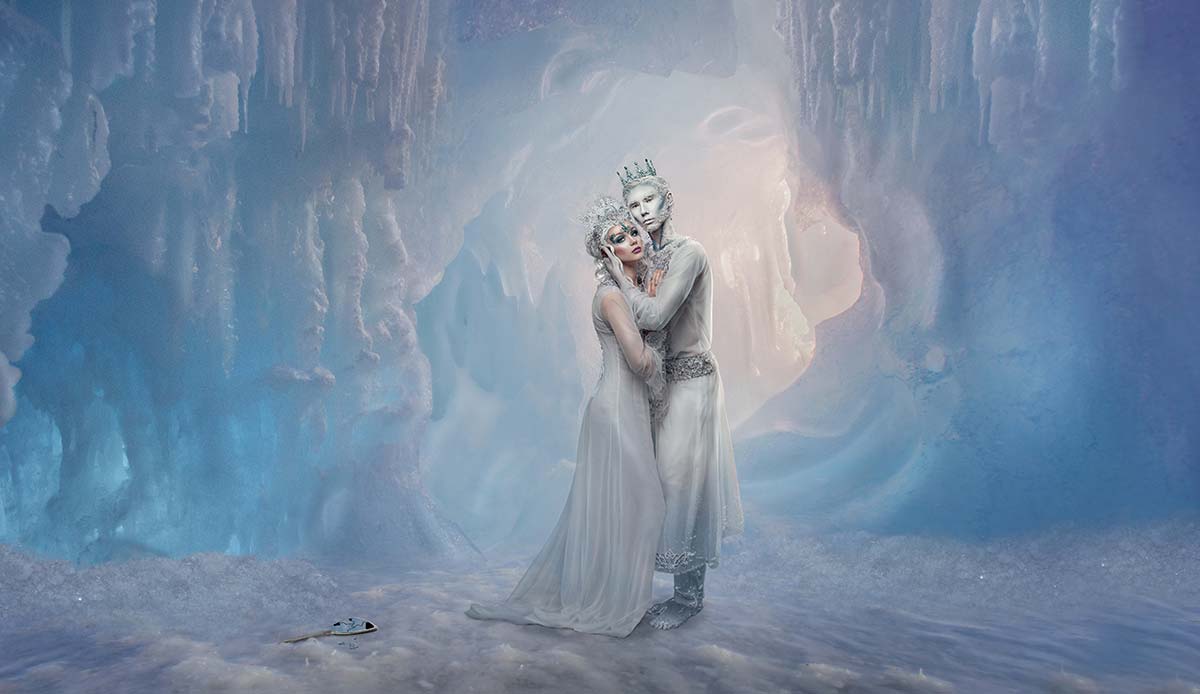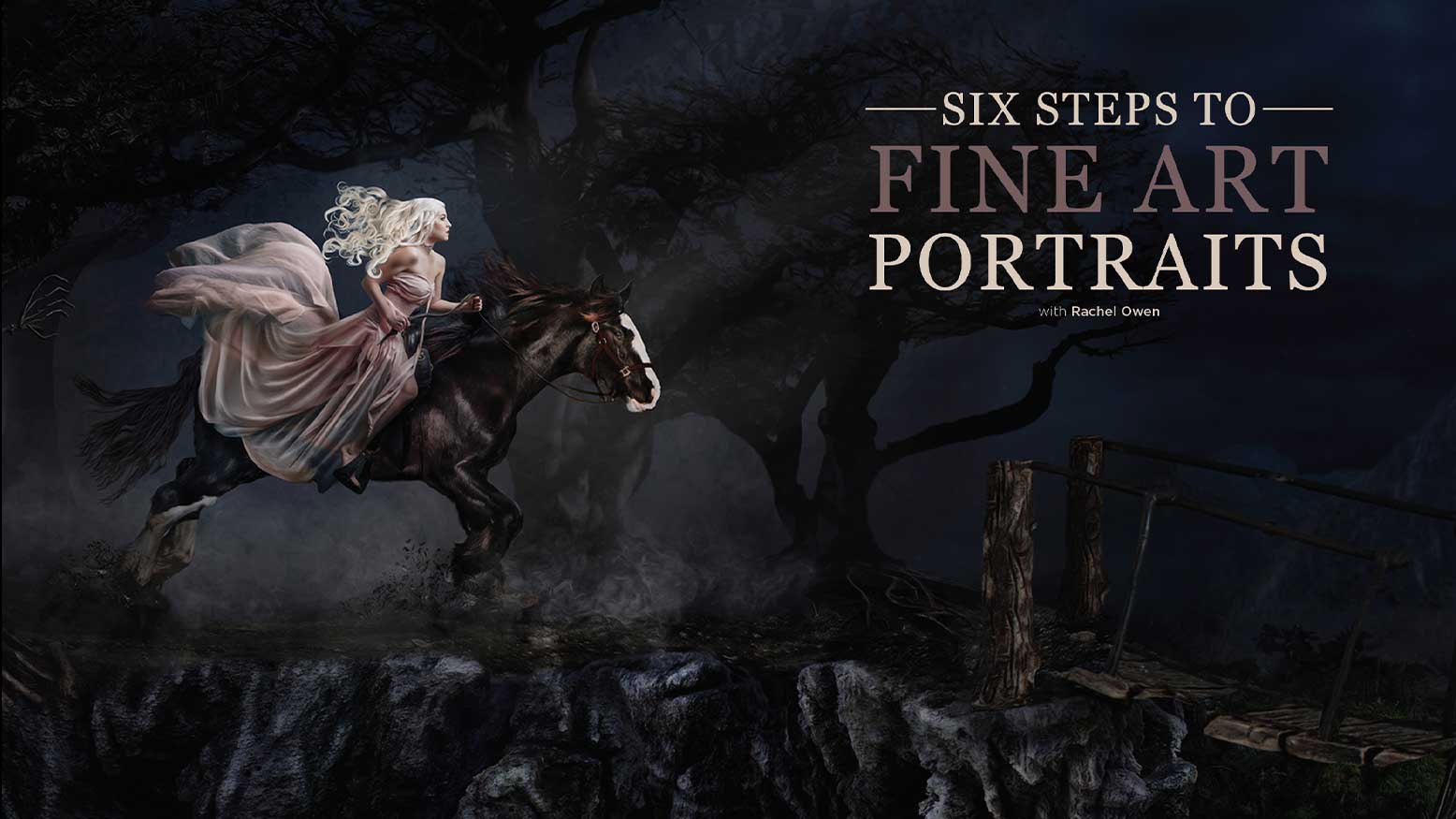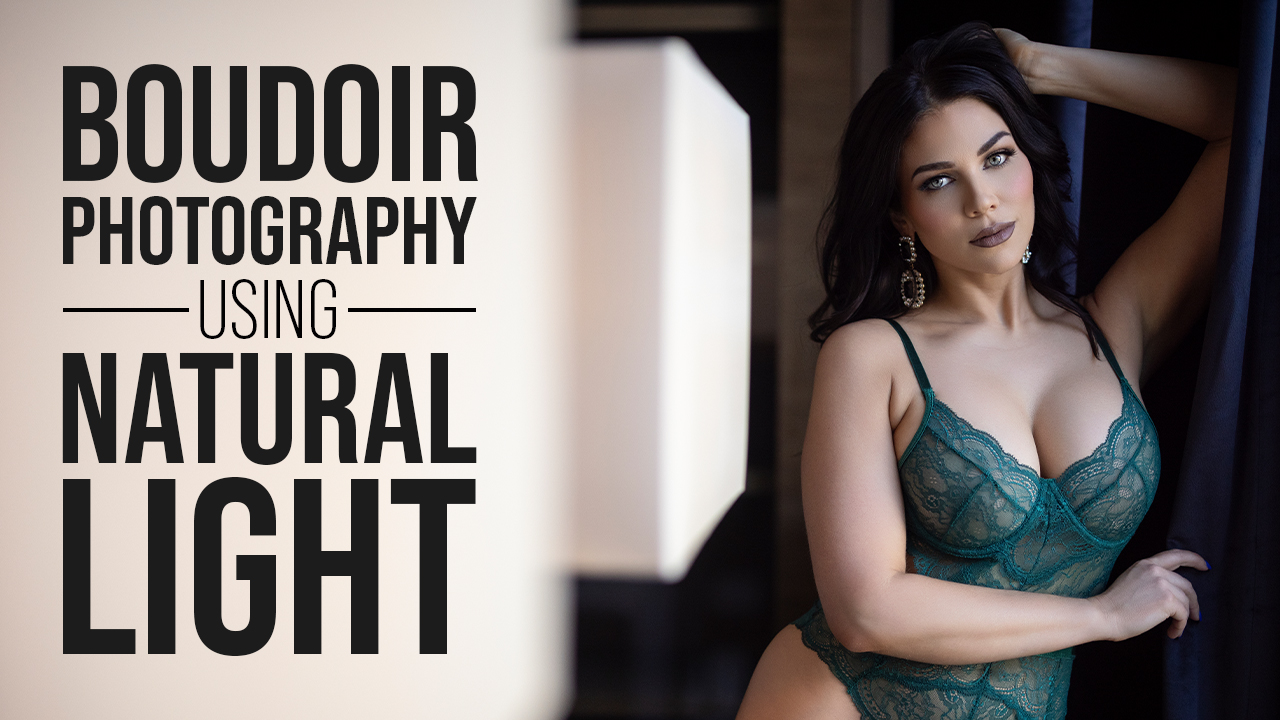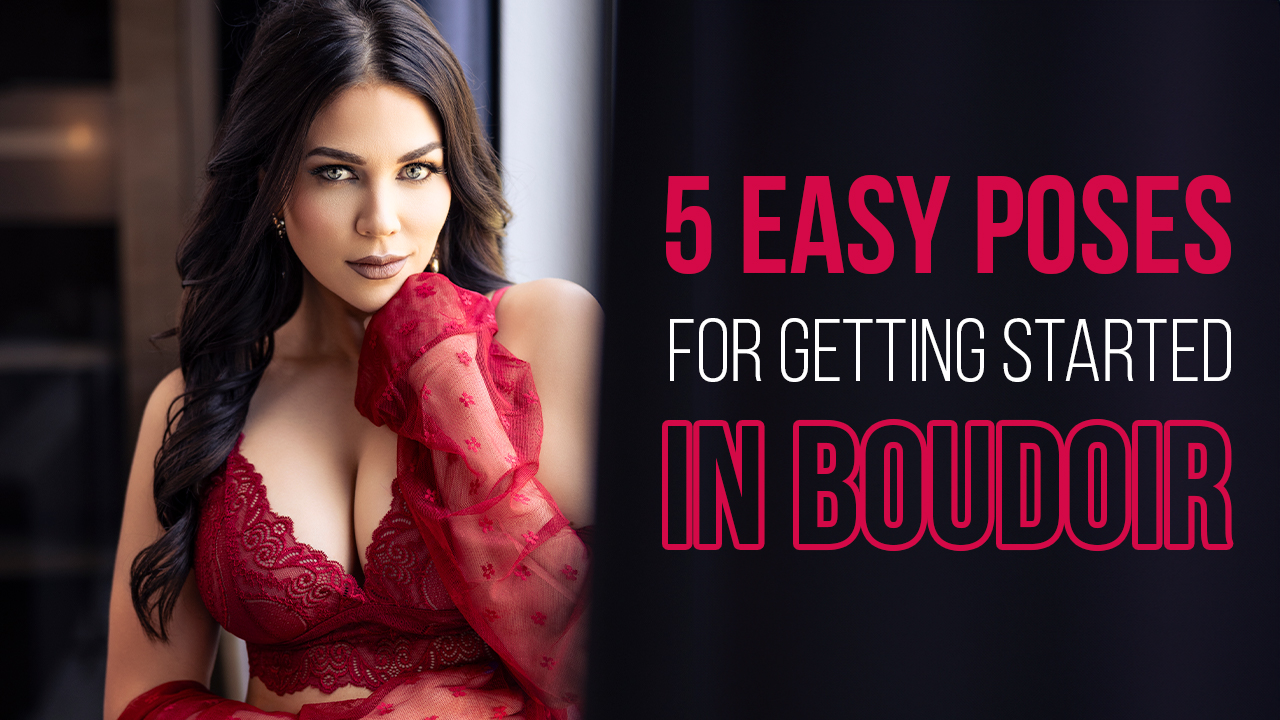Six Steps to Fine Art Portraits with Rachel Owen
The most common question I’m asked is how I come up with my ideas for Fine Art Portraits. I have a notebook filled with possible next creations. My biggest regret is having more ideas than I can ever create in this lifetime. There are three places I can always find my next idea. If you want the ultimate guru of inspiration, spend a day with the classical painters in a museum or art gallery. This is some of the best education in masterful posing, lighting, color and composition. Seeking non-photographic inspiration ensures a truly unique style that will set you apart from other photographers.
Music is another great source for new ideas and stories. Try to find cinematic and classical music. I often find a quiet place where I can relax in a savasana posture and listen to music from other cultures. After a few minutes I begin to see pictures and stories in my mind with the music. If you’re having trouble, do a little research on what the composer was trying to portray in a particular piece and listen again. Can you see a story? Would any part of that story make a great photograph?
Exercise is my number one go-to source for new ideas and inspiration. There is something about having a completely worn out body and fully oxygenated brain that seems to bring out every needed solution. I like to spend 80 percent of my set-aside time listening to something inspirational, educational or motivational while focused on a good heart rate. Then I spend the last 20 percent of my time in silent walking, letting whatever ideas float into my mind. If a client has asked me to come up with a specific idea, 90 percent of the time this is how I’ll find it.
Create a Vision Board
Next, I create a detailed vision board. I find even if it’s not an idea I’m ready to complete just yet, creating a vision board solidifies the idea, allowing it to stick in my mind. All my vision boards have at least five things: a color scheme with the dominant and secondary colors, a hair and makeup vibe/guide, the ideal costume, background possibilities, the primary pose and possible secondary pose. A vision board may also include lighting ideas, props needed, a photo of the model from another shoot or additional inspiration photos/art. If I’m working with a team I find it helpful to add logistics like the date, location and other vendors involved in the shoot. Maybe the designer you want to work with has never heard of you, but he/she has seen your makeup artist killing it on social media. In this case, having your makeup artist listed on the vision board might just seal the deal. A great vision board is key to getting other vendors on board and excited about your project. You might think this isn’t an important step if you’re working by yourself, but if you find yourself straying from your idea, paralyzed in editing, being indecisive or struggling with completion, go back to your vision board!







